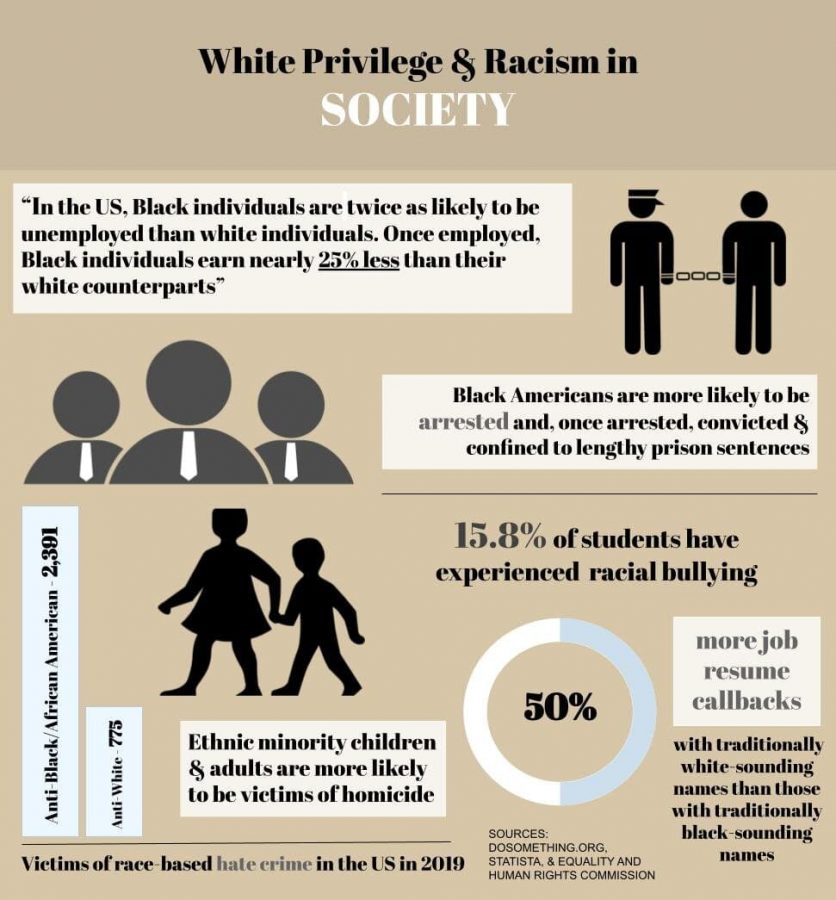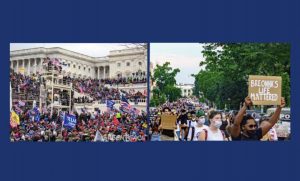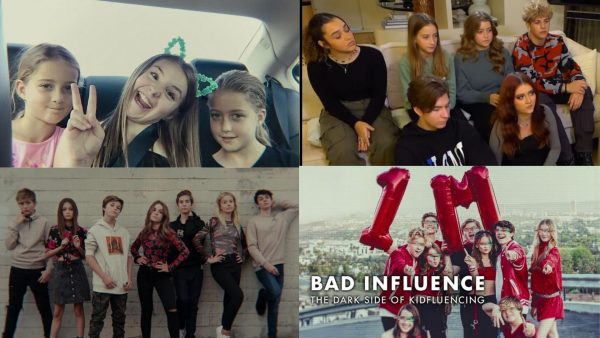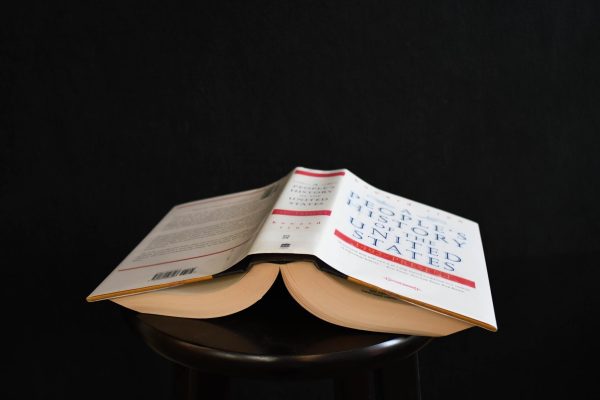Spotting White Privilege Step-By-Step
White privilege is the innate advantage a white person holds in a system of racial injustice due to their race. This concept persists in our nation and its systems and has become more evident following uncivil events; thus, it is crucial to recognize what this principle is and if you are potentially demonstrating it.
The term “white privilege” originates from European imperialism and slave trade where white people started to take advantage of the direct and subtle results gained by assigning themselves as the presumably superior race or becoming dominant over the inferior race, people of color.
With this, white privilege unequally gives white people unspoken yet prominent respect in societies of varying groups of people. In other words, people whom are white are indirectly shielded from racial discrimination and the disadvantages of being an inferior group.
Recognizing white privilege begins with noting whether or not you are entitled to this upperhand end of racial inequality. If offense is automatically taken when hearing the term “white privilege,” this can be derived as potential guilt or avoidance of the concept.
“Some white people are fully aware of how the current system of racial domination benefits them and work to uphold such a system; they intentionally invest in their whiteness. Many others, who do not recognize their privilege, unknowingly support a system of racial domination that disadvantages people of color, unintentionally investing in their whiteness,” say Matthew Desmond and Mustafa Emirbayer in their novel, Race in America.
It is important to notice that the concept of white privilege is not necessarily categorized as racism. Neither does it imply that a white person doesn’t face problems and is undeserving or unsuccessful. It is simply a natural advantage that pre existed before anything of a person’s stature such as their losses and gains.
In our society, it can be thought of as two different normals: a white person lives with the advantage of getting by easier compared to a person of color who faces naturally perpetuated inequity. And as accentuated in the events of last summer, one side is granted with the comfort of not having to rise against inequality if they do not wish to while the other has to desperately speak out just for their voices to be heard.
“I can do well in a challenging situation without being called a credit to my race. I am never asked to speak for all the people of my racial group. I can remain oblivious of the language and customs of persons of colour who constitute the world’s majority without feeling in my culture any penalty for such oblivion,” lists women’s-studies scholar, Peggy McIntosh, in an article by Harpers Bazaar regarding common occurrences of exemplified white privilege in society.
Having this privilege is not categorized as being racist, but utilizing it, whether it be subconsciously or purposely, fully accommodates to racial bias and discrimination.
The five fallacies about racism are recurrent fallacies within public debate which can be used to help us recognize the inner workings of our racist tendencies. These five fallacies are individualistic, legalistic, tokenistic, ahistorical, and fixed.
The individualistic fallacy is built upon the two extremes that racism is either intentional or nonexistent. More often than not, racism is unintentional. One could easily mistake and disregard racist actions if there was no racist intentions. If one is able to so easily disregard unconscious racism because they are not a racist person, it does not allow room for growth.
Legalistic fallacy is the belief that because discrimination is not written into our laws, is does not exist. Arguably one of the most ignorant fallacies, it does not recognize hate speech and segregation which still remain very prevalent in schools.
Tokenistic fallacy takes one important minority figure to justify all of the inequality and social injustice within society. Successful POC can coexist with the economic deprivation of millions of black families. Although some POC have paved significant inroads to positions of power, it does not mean we can ignore the POC who continue to face oppression.
Ahistorical fallacy regards history as inconsequential for today’s society. Many events in America’s past are the most consequential in shaping present-day society and are responsible for much of the racism still faced today. A false idea on how to be patriotic renders much of America racist under ahistorical fallacies.
Fixed Fallacy is the idea that because society has increasingly become more progressive and inclusive throughout history, racism is not a big problem today. Because racism assumes many different forms and seems to shift with the times, this argument is fallacious. Times have changed, and we cannot hold racism in the past to the same conditions that we now see in twenty-first century racism.
Consequently, it is important to fully understand what racism is and how it differs from privilege. By definition, racism is “prejudice, discrimination, or antagonism directed against a person or people on the basis of their membership in a particular racial or ethnic group typically one that is a minority or marginalized.”
Like white privilege, racism resides in societal systems and even inadvertent thoughts or actions. It is a very prominent thing in our world, especially our nation, and with this, misconception beliefs, or fallacies, often arise surrounding the concept.
Your donation will support the student journalists of San Juan Hills High School. Your contribution will allow us to cover our annual website hosting costs.

Sydney is a senior at San Juan Hills entering her third year in The Express. When Sydney isn’t volunteering or playing tennis, you will most likely find...

Gabby Laurente is currently a senior and it is her third year writing for The Express. Outside of newspaper, Gabby is one of the three Task Force Leads...







